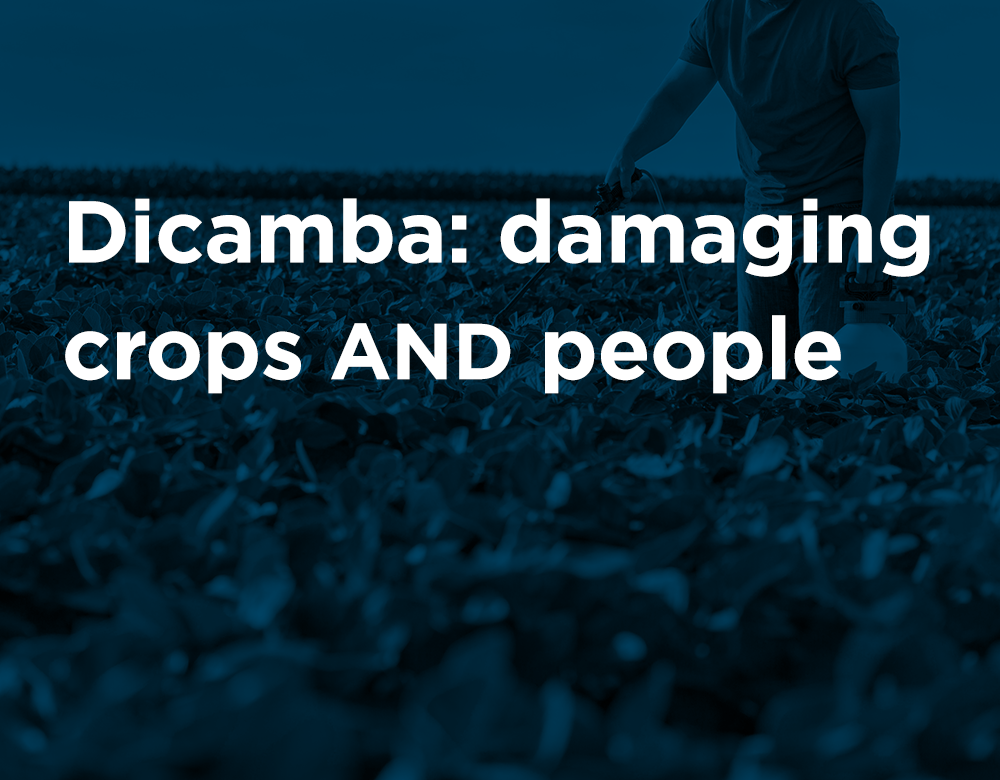History shows a chemical once used in Hawai‘ian pineapple fields has been seeping into Maui water wells.
Pineapple, the fruit that many say wears a crown, has a lasting legacy that may not appear as beautiful as its golden flesh. If one spends time tracing history, you may see what some refer to as a troubling pattern of contradiction in reference to the pesticide-contaminated wells of Maui, Hawai‘i. Here is a brief recounting of the timeline.
1950s Dibromochloropropane Development
Dibromochloropropane (DBCP) belongs to a class of pesticides called persistent organic pollutants (POPs). POPs, such as DBCP, remain in the environment for extended periods of time and can be harmful to human health. DBCP was specifically developed for use in Hawai‘ian pineapple fields and became the preferred method of controlling nematodes, or root worms. Health hazards linked to DBCP include kidney and liver damage, infertility, testicular atrophy, and potentially cancer.
1977 Dibromochloropropane Ban
California banned all further uses of DBCP, citing concerns over health effects on exposed workers. It was also known to cause cancers in test animals and was suspected of causing cancers in humans. Workers exposed to DBCP were experiencing reduced fertility and lower sperm counts. Not long after California implemented its ban, the Environmental Protection Agency (EPA) announced a schedule for phasing out most uses of the pesticide. Hawai‘i pineapple plantation owners conducted special pleadings with the highest officials in state government, and the use of DBCP was allowed to extend past 1981.
1979 Dibromochloropropane Levels in Water Tests
Water quality tests show DBCP in five out of 10 sites around Hawai‘i ranging from 0.26 parts per billion (ppb) to 2.23 ppb. In comparison, drinking water sources in to California were being closed when concentrations greater than 1 ppb were found. Local residents were not aware of the testing.
1981 Dibromochloropropane Ban is Lifted
A settlement was reached on appeal lifting the EPA’s ban on DBCP and putting in place strict protocol for continued usage. Although the EPA administrator who overrode the initial recommendation said that EBCP “does not result in unreasonable adverse effects to man or the environment,” field workers were required to wear full-body protective gear and applications had to occur at least 270 days before harvest. The EPA administrator is quoted as saying, “I find that the economic benefit to Hawai‘ian pineapple growers outweighs the remaining risks associated with the use of DBCP.
1985 Maui Residents Reject Continued Use of DBCP
A joint panel reports that 15 pineapple fields could be treated with DBCP, with little likelihood that further water contamination would result. During a lengthy public meeting on the matter, most speakers testified in fervent opposition to continuing use of DBCP. Many of the Maui residents complained that their island was to become the dumping ground for a chemical deemed too dangerous for use elsewhere in the United States.
1986 Remaining DBCP Stock Is Shipped Out
The last stocks of unused DBCP known to remain on the islands were shipped out through a hazardous waste disposal company.
While use of DBCP on Maui effectively ended in 1984, tons of the chemical remain in the soil. According to studies done at the University of Hawai‘i Water Resource Research Center, DBCP and ethylene dibromide (EDB) can and do work their way through the topsoil, through the underlying basalt, and into the freshwater lenses that serve as drinking water sources.
1992 DBCP Turns Up In Maui County Water Well
DBCP was found in a well that supplied Maui County’s water system with some levels above the state maximum contaminant level.
1994 Discontinue Use of the Well
Department of Health directs Maui County to discontinue use of the well at Napili.
2003 DBCP Continues to Exceed Safe Levels
Testing of the wells shows high levels of DBCP at 230 parts per trillion. The maximum containment level for DBCP in Hawai‘i is 40 parts per trillion.
How are Birth Defects Caused by Pesticides?
Pesticide residue can be inhaled, ingested, or absorbed through the skin. When a future parent is exposed, the toxin can damage his or her chromosomes. If a child is conceived before or soon after the mother or father is exposed to pesticides, the unborn child may inherit abnormal DNA and later suffer from a birth defect. Pesticides have been known to cause a number of illnesses in humans:
- Spina bifida
- Gastroschisis
- Heart defects
- Reproductive disorders
- Deformed or missing limbs
- Reduced fertility and infertility
- Testicular atrophy and lower sperm counts
- Developmental delays and neurological problems
Research has linked many of these birth defects and illnesses to pesticides once heavily used on the old sugar and pineapple plantations as well as other crops.




